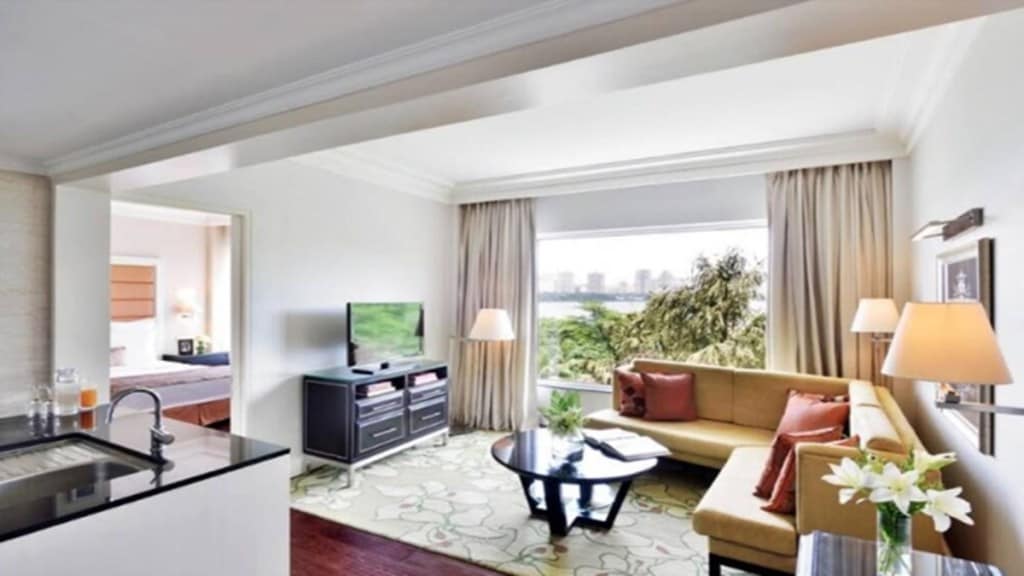The hotel industry is back with a bang after what an hotelier calls the “dark days” that lasted nearly two and a half years due to the Covid pandemic. The recovery that began in the second half of FY 22 has gathered steam, aided by increasing tourist flows and the numerous G20 meetings.
The cricket fever, the ensuing festive season and the Christmas and New Year holidays will ensure that the good times continue to roll. As a result, the average occupancies in the country are now at about 65% across segments and 70% in key metros.
“The pan-India premium hotel average room rates (ARRs) stood at Rs 5,900-6,000 in H1 FY24, growing by 10-15% compared to H1 FY23. Some high-end hotels and leisure and gateway destinations had even higher ARRs,” said Vinutaa S, vice president & sector head (corporate ratings) at ICRA. Healthy demand, amidst relatively lower supply supported ARRs. Some hotels are also undergoing property renovations, refurbishments and upgradation, and these are also likely to support ARRs going forward,” she adds.
Icra expects the pan-India premium hotel ARRs to be at about Rs 6,000-6,200 for FY24, compared to Rs 5,800-5,900 in FY23. This is likely to further increase to about Rs 6,200-6,300 in FY25. While the occupancy is expected to be at decadal highs in FY24, the revenue per available room (RevPAR) is expected to remain at 20-25% discount to the FY08 peak.
According to Rajiv Kapoor, general manager at Fairmont Jaipur, the metrics of the industry are also on the rise. The hotel has seen an 8% rise in average daily rate (ADR) compared to the previous year. “The industry’s margins are on the road to improvement and for us it was 50.5% last year, which increased to 51.6% this year,” Kapoor added.
Post the pandemic, domestic travel, especially revenge travel helped the hotel industry get back its lustre. The recent concluded G-20 Summit was the icing on the cake, then came the Indian Premier League and the cricket world cup, while the holiday season would provide further fillip,” said Pradeep Shetty, president-designate of The Federation of Hotel & Restaurant Associations of India.
“The arrivals of foreign tourists’ have risen, while the resorts sector is doing good,” Shetty, who is also president of the Hotel and Restaurant Association of Western India (HRAWI), he added.
According to Vivek Shukla, CEO of The Lalit Suri Hospitality Group, the hospitality industry is currently experiencing a phase of remarkable growth, primarily due to a positive economic outlook and a surge in business and leisure travel. Over recent years, the sector has been boosted by substantial enhancements in the country’s infrastructure, including a robust network of airways, railways, and roadways.
Other than G-20 Summit and cricket fever, the upcoming wedding season, meetings, incentives, conferences & exhibitions (MICE), and a renewed interest from global tourists are also expected to play their part, Shukla said.
According to Aashish Gupta, consulting CEO of Federation of Associations in Indian Tourism & Hospitality (FAITH), the inbound season has started, but it still has to recover and has been impacted by Russia-Ukraine war, Canada issue and now the evolving situation in the west Asia and Middle East. These, in addition to rising air fares and the need for intensive international marketing will impact inbound tourists.
Talking about the reduction in the employee-to-room ratio by 20-30% between fiscals 2020 and 2022 by a section of the industry, Indian Association of Tour Operators’ President Rajiv Mehra said the retrenched employees were called back. “In fact, now there is a dire shortage of skilled manpower in the industry,” he said.


